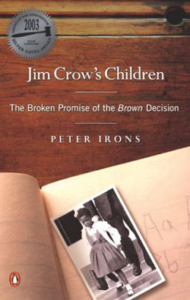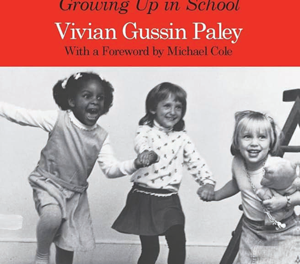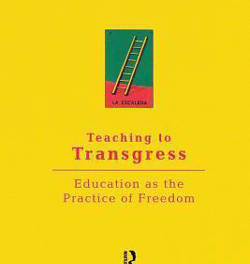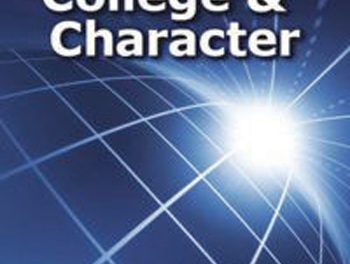 Jim Crow’s Children: The Broken Promise of the Brown Decision by Peter Irons (Viking, 2002; Penguin, 2004).
Jim Crow’s Children: The Broken Promise of the Brown Decision by Peter Irons (Viking, 2002; Penguin, 2004).
It’s common knowledge that in the decades following Brown v. Board of Education, millions of white Americans relocated from diverse cities to segregated suburbs and exurbs. But while reams of education research have focused on the low-income, urban “problem areas” that were left behind, scholars have more or less overlooked the harm done to people who’ve been encroached upon by white flight, such as Native American communities north of the Rust Belt. When I write and lecture about this topic, I often turn to Irons’ book as a way to ease into the subject. He weaves together the legal history of the civil rights-era fight for integrated schools with rich analysis of the cultural and socioeconomic roots of segregation, showing that when individual, regional, and cultural norms change, so, too, can racist institutions — including 21st-century schools in Michigan, Wisconsin, and elsewhere.
Irons is more than a thorough and probing constitutional scholar and educator; he’s a gifted writer, and he has done something miraculous by turning a careful history of racial segregation and court cases into an empowering guide for social action, one that reads like a novel. The original 2002 edition of Jim Crow’s Children is a short but fascinating book, intended for an introductory audience (even high school readers). The 2004 edition is just as engaging, but more detailed, and more empowering.
Lois Beardlee’s latest Kappan article:
ABOUT THE AUTHOR

Lois Beardslee
LOIS BEARDSLEE is an Anishinaabe author and illustrator of both fiction and nonfiction. Her most recent book, a poetry collection titled Words Like Thunder: New and Used Anishinaabe Prayers , is the recipient of a 2021 Michigan Notable Book Award.









